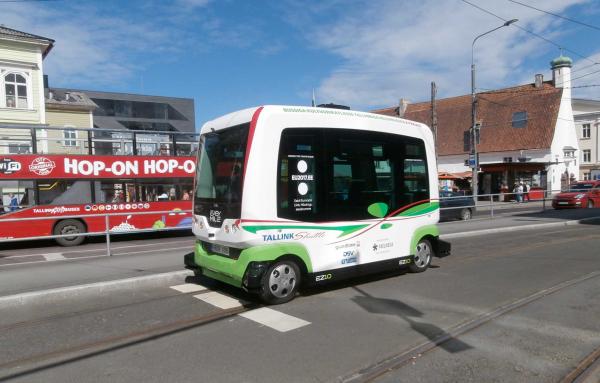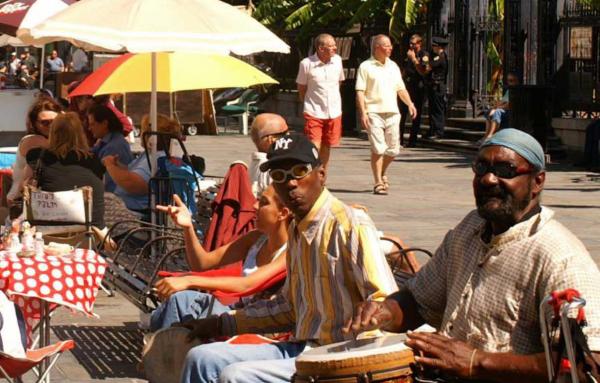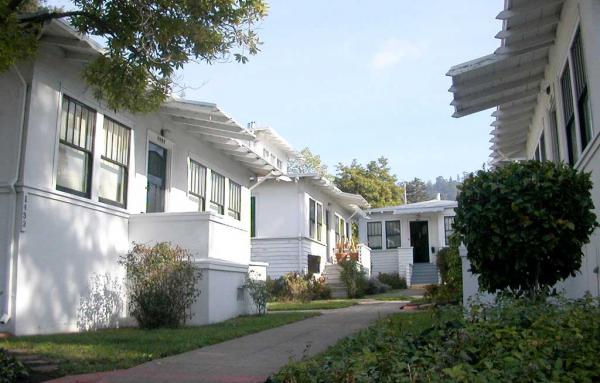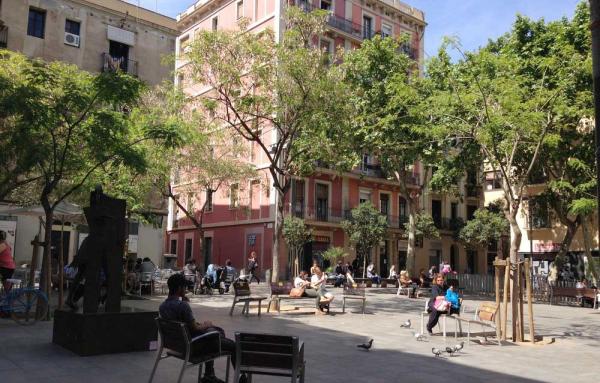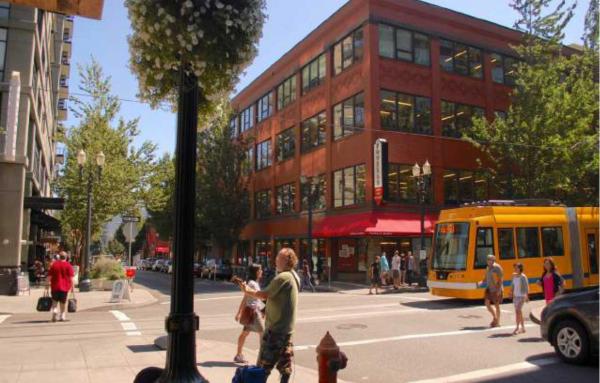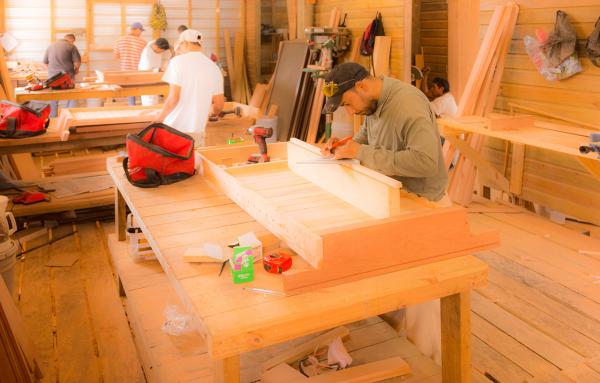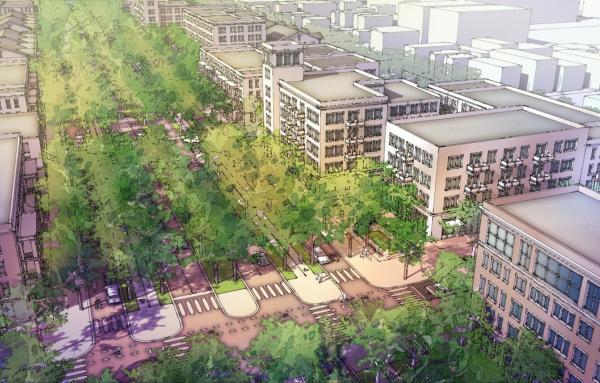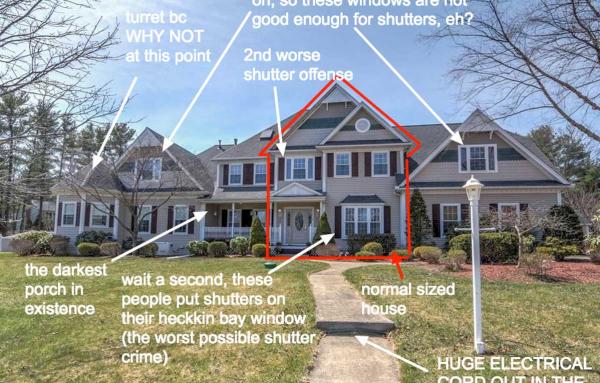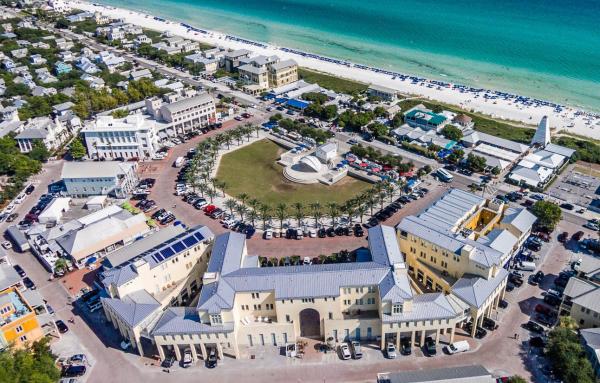Design
The primary task for autonomous vehicles is placemaking, not engineering. If new urbanists don't create a vision for how AVs can support neighborhood life, nobody will.
Jane Jacobs, Christopher Alexander, and why good urbanism requires good philosophy
A bungalow court consists of a series of small, detached structures, providing multiple units arranged to define a shared court—an important community-enhancing space.
With a mix of local stores below apartments that provide “eyes on the square,” shade trees, and places to sit, a European-style neighborhood square is a place where everyone belongs.
Review of Cities Alive: Jane Jacobs, Christopher Alexander, and the Roots of the New Urban Renaissance, a book by Michael Mehaffy.
The workers at Caribbean Homes and Exports are not only doing meaningful work, but they also command far more value than if they were at the bottom links of the industrial product chain.
The New Urbanism is a design movement toward complete, compact, connected communities—but it is also a generator of ideas that transform the landscape. Communities are shaped by the movement and flow of ideas, and the New Urbanism has been a...
The first step to good design is avoiding the bad, says Kate Wagner. Why not start with shutter crimes, poor proportions, and clashing architectural references?
Complete, compact, connected, complex, and convivial describes everything that you want a neighborhood to be.
In architecture, the constant search for the new no longer represents freedom. Urbanism and sustainability are nobler and more practical imperatives.
Authentic urbanism, unlike large-scale architecture, is built out over time. Architectural critics make the mistake of assessing an urban project in its early years.
Restoring the human-scale to the modern built environment is a long-term task, key to human health and welfare, that has barely begun.
